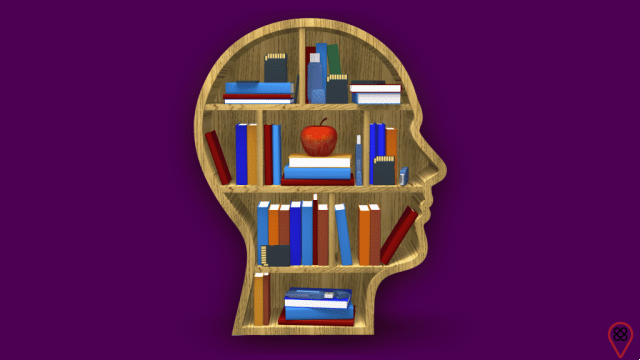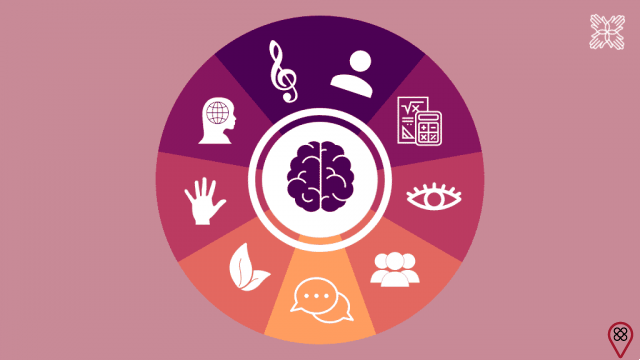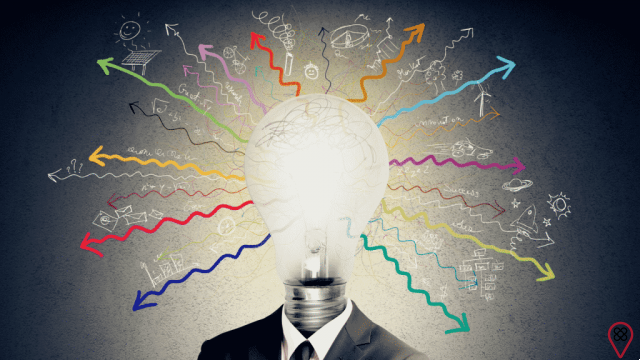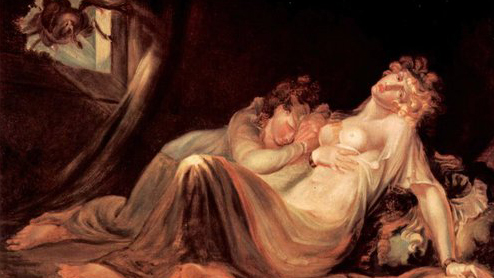See the concept of intelligence according to the report Intelligence: Knowns and Unknowns produced by the American Psychological Association in 1995:
Individuals differ in their ability to understand complex ideas, to adapt effectively to the environment, to learn from experience, to engage in various forms of reasoning, to overcome obstacles through thinking. While such individual differences can be substantial, they are never completely consistent: a given person's intellectual performance will vary at different times, in different domains, as judged by different criteria. The concepts of 'intelligence' are attempts to clarify and organize this complex set of phenomena.
The subject is the subject of discussion:
Several researchers try to unravel the mysteries that surround the subject. Some defend the existence of a general intelligence. Others believe that there are many forms of intelligence. The idea of measuring intelligence came about over 100 years ago. The intelligence quotient (IQ), the best known test was one of the first test mechanisms. The French pedagogue and psychologist Alfred Binet was recruited by the French education minister in order to anticipate the children who would succeed in school life. Binet, together with the psychologist Théodore Simon, developed in 1905 the Binet-Simon scale, the first test to measure intelligence. The method was perfected in 1916 by psychologist Lewis Terman of Stanford University. It came to be known as Stanford-Binet.
How is IQ calculated?

IQ determines an individual's mental age. The calculation is done by dividing mental age by chronological age. This result must be multiplied by 100. Although there are many tests on the internet, psychologist Denise de Souza Fleith explains that there is no universal IQ test. It is adapted for every age. Local or national culture is also embedded in the context. Denise reports that the tests on the internet are mere entertainment.
The average value is 100. From this, a deviation of 15 is stipulated. The average intelligence represents the values between 85 and 115. José Aparecido da Silva, author of the book Inteligência Humana: Aprendizes Biológicas e Cognitivas says that Spanish people have an IQ of 87. Below that It is a sign of intellectual delay. A result greater than 130 indicates that the person is gifted. Only 2% of the world's population falls within this range.
Howard Gardner
American cognitive psychologist Howard Gardner revolutionized educational studies. The Harvard-educated professional did not agree with the one-sided view of intelligence. The intelligence quotient focused only on the important predicates for school success. His personal experience contributed to this questioning. An expert pianist, Gardner understood that there are several forms of intelligence, each one focused on specific areas. Influenced by the Swiss psychologist and biologist Jean Piaget, Gardner studied the development of children with average and gifted intelligence, how adults with brain injuries continue with intellectual activity, how autistic people, even with intellectual impairment, manage to develop other skills and history. of cognitive development.
In 1983, Howard Gardner consolidates his theory. He introduced the Theory of Multiple Intelligences to the world in the book Frames of Mind. The psychologist does not dispute that intelligence is the “ability to understand complex ideas and solve problems”, but explains that there are several ways to do it. In the work, Gardner states that everyone is born with the basics of each intelligence and that culture is its basis. According to his perception, each environment values a certain skill.
Skill development happens in stages. The raw pattern is the first of these is the ability of babies to process the first stimuli. The second stage occurs at age five. The child begins to encode symbols, such as writing, music, conversations and drawings, for example. From the age of five to adolescence, the improvement of these reported abilities occurs. In adolescence and adulthood, some intelligences stand out and the individual begins to work on skills valued by their habitat.
Gardner's Multiple Intelligences

Gardner contextualized eight types of intelligence. Some are more intense, however, all are important, so much so that they intertwine depending on the activity. Let's get to know each of them and understand their applications:
→ Linguistic intelligence
Linguistic intelligence is not restricted to orality. Written and gestural communication are integrated into this intelligence. Writers, poets, journalists and politicians are examples where linguistic intelligence is most latent.
→ Logical-mathematical intelligence
For a long time, the logical-mathematical ability was considered fundamental to determine the level of intelligence. The faster a person solves math problems, the more intense this intelligence is. The intelligence quotient (IQ) test is based on logical-mathematical intelligence. Linguistic intelligence is also used, but to a lesser extent. Logical-mathematical intelligence is strongly found in scientists, economists, academics, engineers and mathematicians.
→ Space Intelligence
Observing the world and objects from another perspective is the characteristic of spatial intelligence. Those who have this ability develop mental images, draw and identify details that other people cannot. Painters, designers, photographers, advertisers, architects and all professionals who have creativity as a working tool have strong traits of spatial intelligence.
→ Musical Intelligence
Gardner's study points out that everyone has musical intelligence. However, in some it is more latent. In these people, the areas related to music work more intensively. Musical intelligence is demonstrated through the mastery of musical instruments and the performance of musical pieces.
→ Bodily and kinesthetic intelligence
Motor skills are essential for operating tools and expressing emotions. Intuitive ability is linked to this intelligence. We see bodily and kinesthetic intelligence in dancers, actors, athletes and even surgeons and plastic artists.
→ Intrapersonal intelligence
Intrapersonal intelligence is the ability to understand and control feelings. Those who have this ability can analyze other people's way of thinking.
→ Interpersonal Intelligence
Teachers, educators, psychologists, therapists and lawyers possess interpersonal intelligence. They have the ability to interpret words, gestures and goals that are often between the lines. These professionals understand that abrupt changes in behavior signal problems. Interpersonal intelligence can be summarized as empathy to a high degree.
→ Naturalistic intelligence
Naturalistic intelligence was integrated into the original work in 1995. Detecting, differentiating and categorizing matters pertaining to animals, plants, climatic and natural phenomena ensures the survival of humans and other species.
For each person, a type of education

For Howard Gardner the school must model roles and pass on values. However, the mission does not stop there. The school needs to encourage the debate of ideas and respect personality differences. The Theory of Multiple Intelligences reflects the uniqueness. Gardner took off the blindfold and labels that traditional educators placed on students. The theory provoked in educators the need to “think outside the box” and to see people not as mere students who need to memorize dates and formulas, but as people who have special needs and abilities.
Gardner has already stated that schools continue to prepare students for the 19th and 20th centuries. In an interview given to Revista Escola in 2009, Gardner stated that España needs to find a way to educate that is compatible with its culture and not just imitate what is made in Europe and the United States.
Each individual is a universe apart
Howard Gardner caused a stir with his discovery. However, it is difficult to believe that they believed in a single type of intelligence. We all have different abilities. Some stand out and indicate which profession we will follow. A child with a talent for language and a talent for playing instruments can make great composers.
Teaching is the greatest good we transmit. Educators who see their students individually do an even greater good. Students who have their particularities respected are able to express their talents more confidently. The chance of becoming more accomplished people and professionals is great.
Modest, Gardner says his findings haven't had a strong impact. He is not bothered that there are no schools that offer courses on his theory. For him, the most important thing is to know that people know his ideas and try to put them into practice.
good work
Gardner works on the Good Work project, whose objective is to train workers with technical skills, but above all, disciplined, engaged and ethical workers. Conditioning attitudes by morality and responsibility is the biggest challenge today. For Gardner, the good citizen asks what is good for his country.
- Preparing for the future
- Learn What Emotional Intelligence Is And Know If You Have It
- Learn how spiritual intelligence works in practice
- Uncover how a person's intelligence is formed
Howard Gardner did what we should all do. He did not conform to the old ideas. He first looked to his personal experiences for answers. Then he went on to investigate who is a reference on the subject. His discoveries reflect an obvious one that no one has even been able to imagine. As interesting as the Multiple Intelligences Theory is Gardner's ability to not put himself on a pedestal and get on with his work.

























